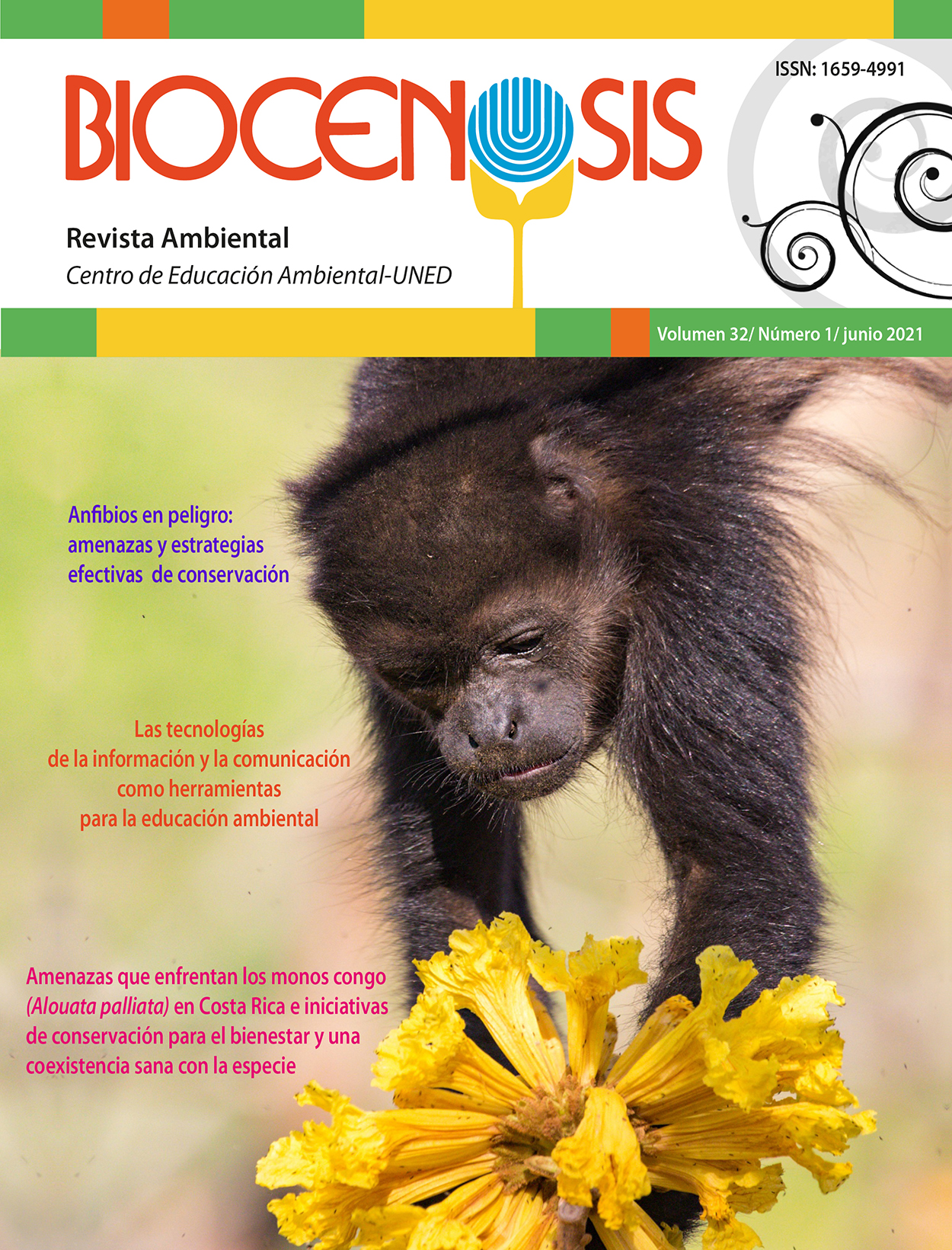Endangered amphibians: threats and effective conservation strategies
DOI:
https://doi.org/10.22458/rb.v32i1.3552Abstract
Abstract: From taxonomy, natural history, and ecology as the main fields of study of natural phenomena, we have quickly moved to concern to generate a conservation science due to the worldwide significant increase in the number of endangered species over the last 70 years. Amphibians are one of the most threatened groups because of a series of environmental and human factors, which have decimated many species of these vertebrates. Fortunately, in addition to the fact that many species have managed to overcome the threats, there are a series of actions, pillars of conservation, which have shown their effectiveness at improving the conditions of amphibians. Carrying out these actions to avoid the disappearance of more species is one of the main challenges of conservation today. Knowing and coordinating efforts, in addition to applying strategies that come from different social actors and branches of science can lead new researchers and conservationists to strengthen alliances with decision-makers to minimize the extinction pressure on these fragile species.
Published
How to Cite
Issue
Section
License
Copyright (c) 2021 Biocenosis

This work is licensed under a Creative Commons Attribution-NonCommercial 4.0 International License.
